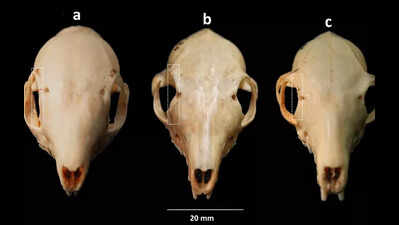South Asian Tree Shrews
Recent research by the Zoological Survey of India has transformed the understanding of South Asian tree shrews. This study, published in the journal Ecology and Evolution, challenges previous classifications and marks the need for targeted conservation efforts. It uncovered morphological distinctions among these small mammals, which have often been misidentified due to their resemblance to other species.
About Tree Shrews
Tree shrews belong to the order Scandentia. They are not true shrews or squirrels. These mammals possess unique features such as elongated snouts and moist nasal pads. Their diet primarily consists of insects and fruits. Tree shrews play a vital role in forest ecosystems as seed dispersers and insect predators.
Significant Findings
The study reveals that the Nicobar tree shrew is the largest species in South Asia, contrary to previous beliefs that it was the smallest. This finding has crucial implications for conservation strategies, particularly for insular species that are vulnerable to ecological pressures. Accurate taxonomy is essential for implementing effective protection measures.
Research Methodology
The ZSI team used over a century’s worth of museum specimens for their analysis. They applied advanced morphometric methods and statistical modelling to examine subtle differences in body shape and skull structure. The research involved assessing 22 cranial measurements and four external traits to identify morphological variations among three species – the Madras tree shrew, the northern tree shrew, and the Nicobar tree shrew.
Need for Genetic Studies
While the morphological findings are groundbreaking, the authors emphasise the necessity for genetic research. Integrating DNA data will help construct a complete phylogenetic tree for these species. This additional research is vital for a thorough understanding of their evolutionary relationships.
Conservation Implications
Tree shrews are often overlooked in conservation discussions. The new insights tell their ecological importance and the need for focused conservation efforts. The study illustrates how historical museum specimens can yield new knowledge when analysed with modern techniques. This approach can enhance conservation outcomes.
Month: Current Affairs - April, 2025
Category: Science & Technology Current Affairs








